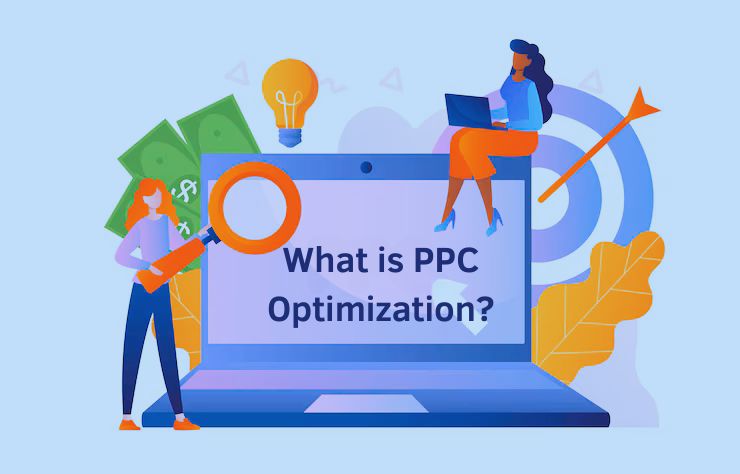
In the competitive world of digital marketing, understanding what is PPC optimization is crucial for running successful ad campaigns. Whether you’re just starting or have been managing ads for years, optimizing your Pay-Per-Click (PPC) strategy ensures that you achieve maximum results while staying within your budget. This guide covers 10 highly effective PPC optimization tips along with a clear strategy to help you boost your ROI.
What is PPC Optimization?
Before diving into the tips, let’s clearly understand what is PPC optimization.
PPC Optimization is the strategic enhancement of your paid advertising campaigns (like Google Ads or Bing Ads) to drive better engagement, higher conversion rates, and improved return on investment, while reducing unnecessary ad costs.
You can find more digital marketing insights on thedigimarketing.in.
Why Understanding What is PPC Optimization Matters
Without proper optimization, PPC campaigns often suffer from:
- High cost-per-click (CPC)
- Poor click-through rates (CTR)
- Low ad relevance
- Budget wastage
Knowing what is PPC optimization helps you avoid these issues and improve campaign effectiveness.

Top 10 Proven PPC Optimization Tips
1. Master Keyword Research
Keyword research is the foundation of PPC success. To implement effective optimization, use tools like Google Keyword Planner or SEMrush to find:
- Buyer-intent keywords
- Long-tail keywords with lower competition
- Negative keywords to avoid wasting spend
Knowing what is PPC optimization starts here.
2. Write Click-Worthy Ad Copy
Your ad copy must convince users to click. Improve your ads by:
- Showcasing value propositions
- Using compelling language
- Including a direct call-to-action
Top marketers like Neil Patel often emphasize strong ad messaging.
3. Optimize Landing Pages for Conversions
A well-crafted landing page is key to turning clicks into leads. Make sure your pages:
- Align with your ads
- Load quickly
- Feature a clear, benefit-focused layout
Check thedigimarketing.in for landing page best practices.
4. Improve Your Google Quality Score
Understanding what is PPC optimization includes learning about Quality Score. This score affects your ad ranking and cost. It depends on:
- Relevance between keyword and ad
- CTR
- User experience on the landing page
Higher scores mean lower CPC and better positions.
5. Use Ad Extensions for More Visibility
Ad extensions allow you to include additional info in your ads. This improves CTR and helps users understand your offer. Use:
- Sitelinks
- Callout extensions
- Structured snippets
These improve overall ad performance.
6. Run A/B Tests Frequently
One critical part of what is PPC optimization is testing. Run A/B tests for:
- Ad headlines
- Descriptions
- CTA wording
- Landing pages
Data from these tests helps you refine performance and make better decisions.
7. Set Up and Monitor Conversion Tracking
Tracking lets you see which ads drive results. Conversion tracking tools help measure:
- Purchases
- Sign-ups
- Form submissions
If you’re learning what is PPC optimization, conversion tracking is a must.
8. Manage Bidding Strategies Smartly
Bid optimization is key to budget control. Adjust bids by:
- Increasing for high-performing keywords
- Reducing for low performers
- Using automated bidding when scaling campaigns
These actions make a major impact on campaign results.
9. Leverage Remarketing to Re-Engage Users
Remarketing is an advanced tactic in what is PPC optimization. It allows you to show ads to people who previously interacted with your website.
Common uses:
- Recover abandoned carts
- Promote offers to past visitors
- Boost brand awareness
More details are available at thedigimarketing.in.
10. Spy on Competitors and Learn From Them
Understanding competitor strategy is another way to master what is PPC optimization. Use tools like:
- SpyFu
- SEMrush
- Adbeat
Find their keywords, ad formats, and offers to improve your own campaigns.
Step-by-Step Strategy to Apply What is PPC Optimization
Here’s how to build a complete PPC optimization plan:
Step 1: Define Clear Campaign Goals
Set specific outcomes: leads, sign-ups, or purchases.
Step 2: Do In-Depth Keyword Analysis
Target high-intent and profitable keywords.
Step 3: Develop Persuasive Ad Creatives
Craft ads aligned with user needs and intent.
Step 4: Build Conversion-Friendly Landing Pages
Keep them simple, fast, and focused.
Step 5: Track, Measure, and Optimize
Use analytics to make data-driven improvements.
Conclusion
Now that you fully understand what is PPC optimization, it’s time to put these strategies into action. By following the tips in this article, you can create smarter campaigns that deliver better results and higher ROI.
PPC optimization is not a one-time task—it’s an ongoing process. Continue testing, learning, and adjusting your strategies to stay ahead.
For more helpful guides, visit The Digi Marketing, and follow top professionals like Brian Dean and Neil Patel to stay updated with advanced trends in PPC.
Advanced Tips for Better PPC Optimization
Once you’ve mastered the basics of what is PPC optimization, take it further with these advanced tactics:
Use Geo-Targeting for Local Ads
Target specific regions where your ideal customers live. This helps in reducing wasted impressions and focuses your budget in locations where your audience is more likely to convert.
Schedule Ads at the Right Time
Not all time slots convert equally. Use ad scheduling to ensure your ads are shown during peak hours—when your target audience is most likely to engage.
Use Audience Segmentation
Modern advertising platforms like Google Ads, Facebook, and LinkedIn allow you to segment your audience based on factors such as behavior, location, device, or previous website interactions. Tailoring your ads to each group boosts engagement and click-through rates.
Run Video Ads
Video content performs extremely well for branding and conversions. Running PPC campaigns on YouTube or Meta using video ads not only improves visibility but also helps in retargeting users who’ve interacted with your brand.
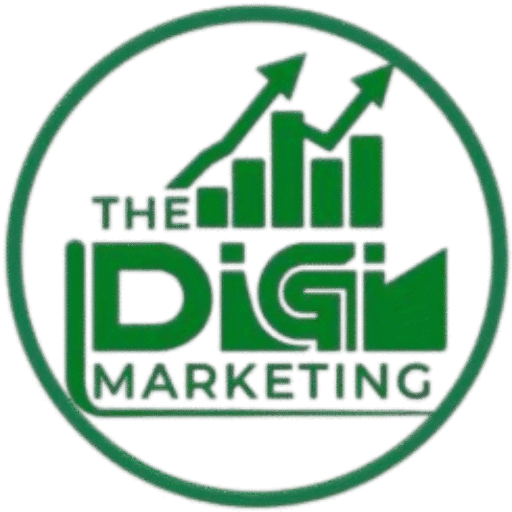
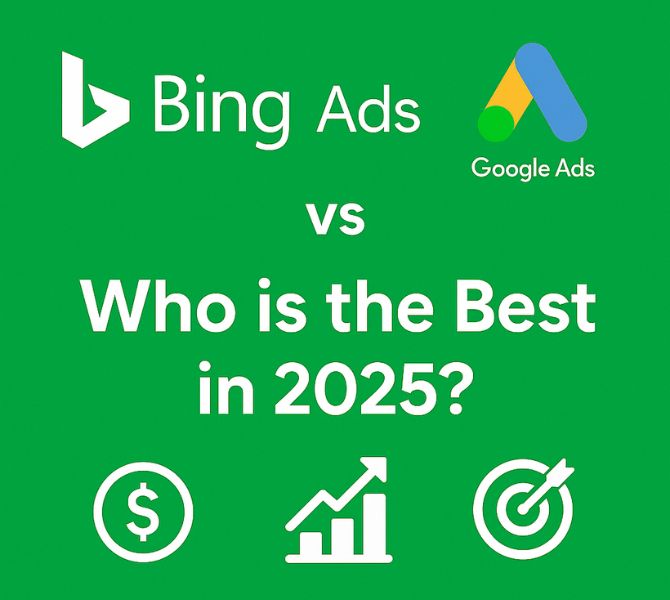
![Is Digital Marketing a Good Career? [2025 Complete Guide]](https://thedigimarketing.in/wp-content/uploads/2025/09/Untitled-740-x-470-px.webp)
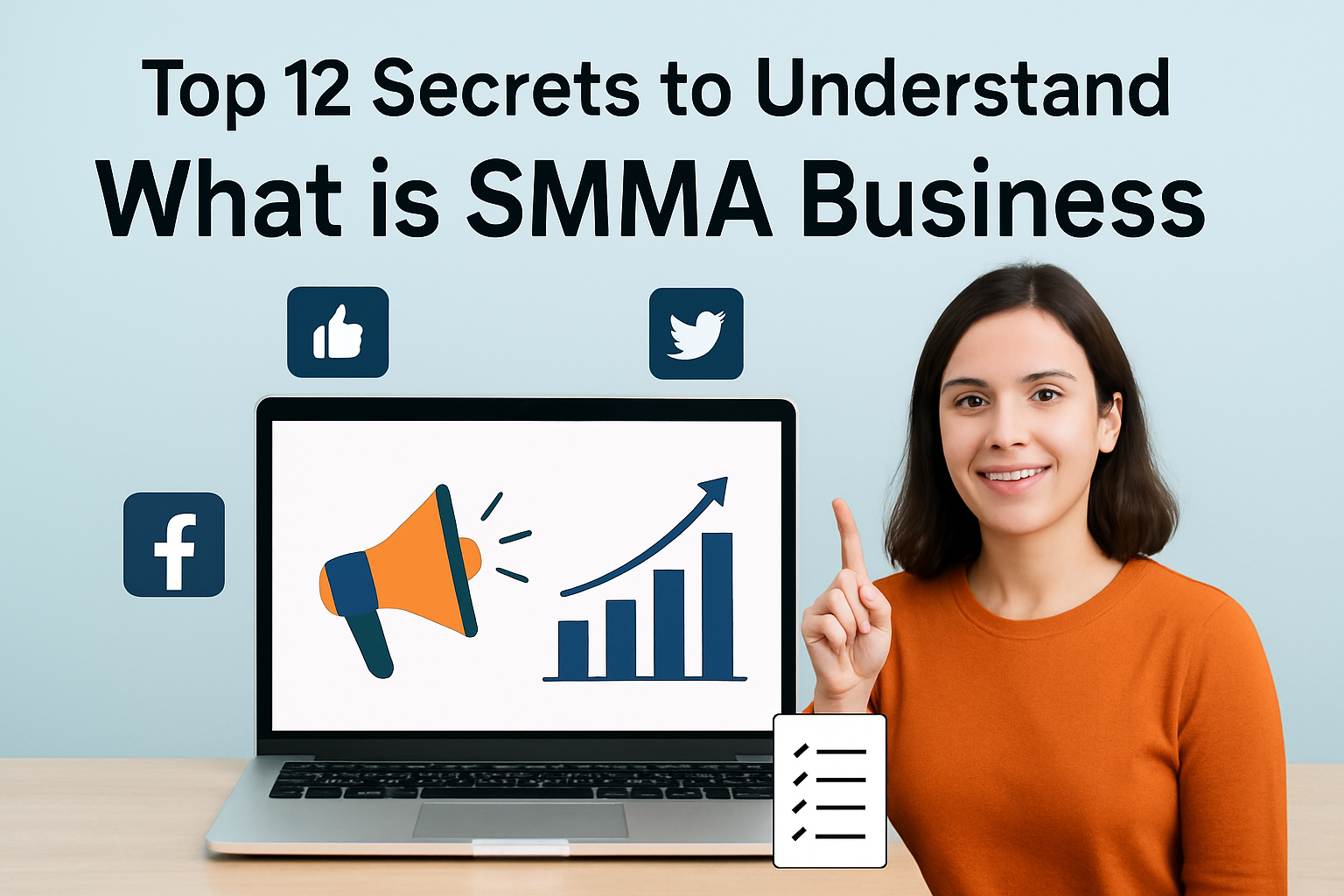

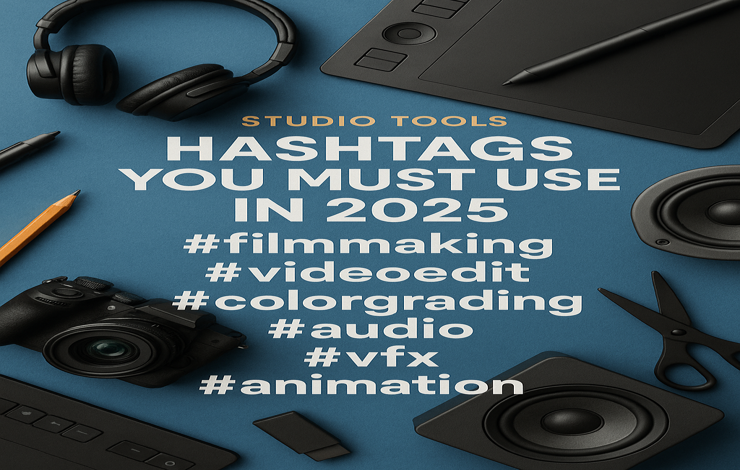

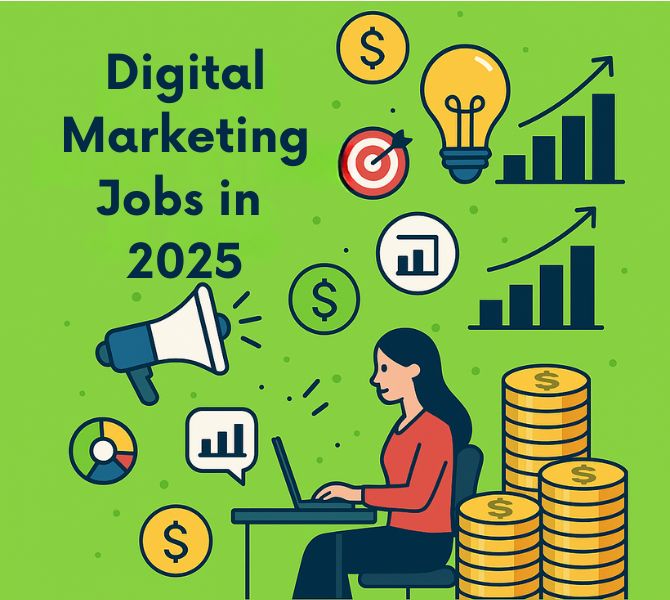
hai